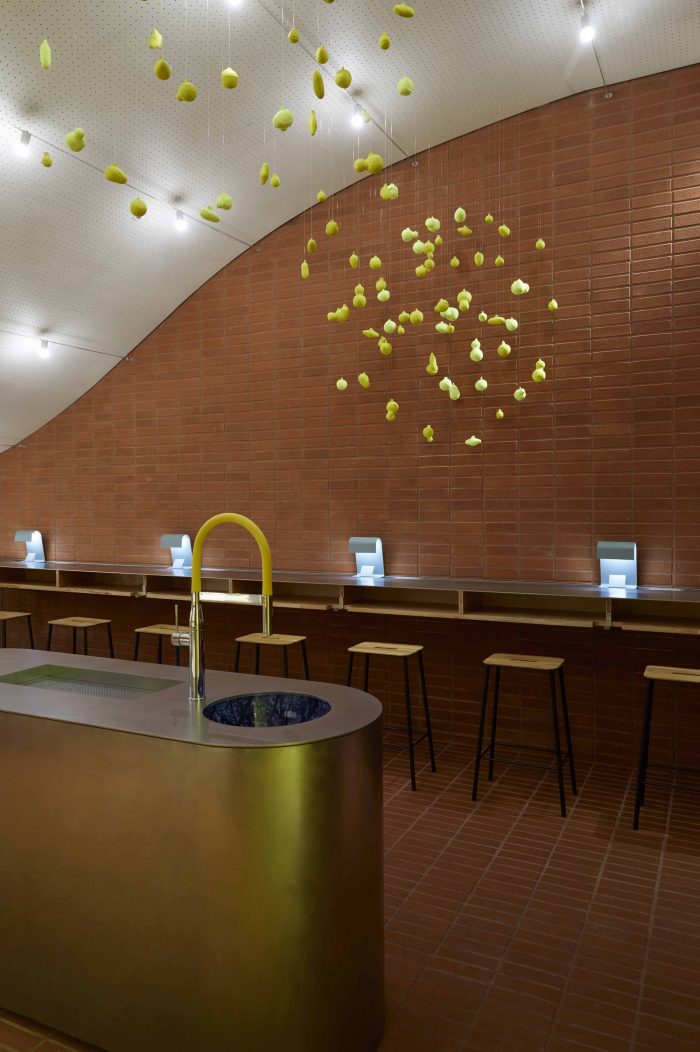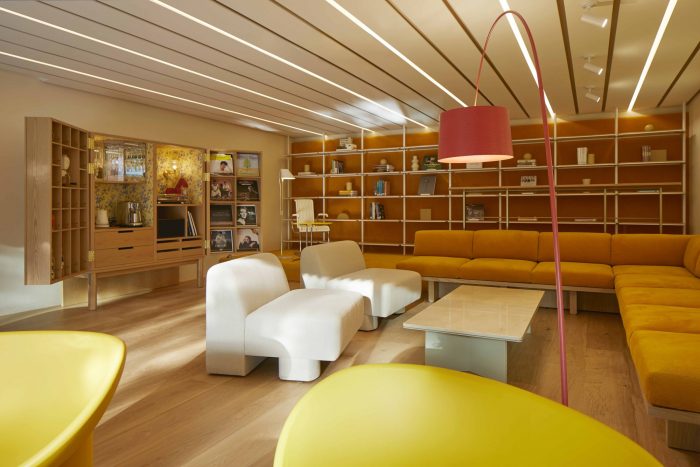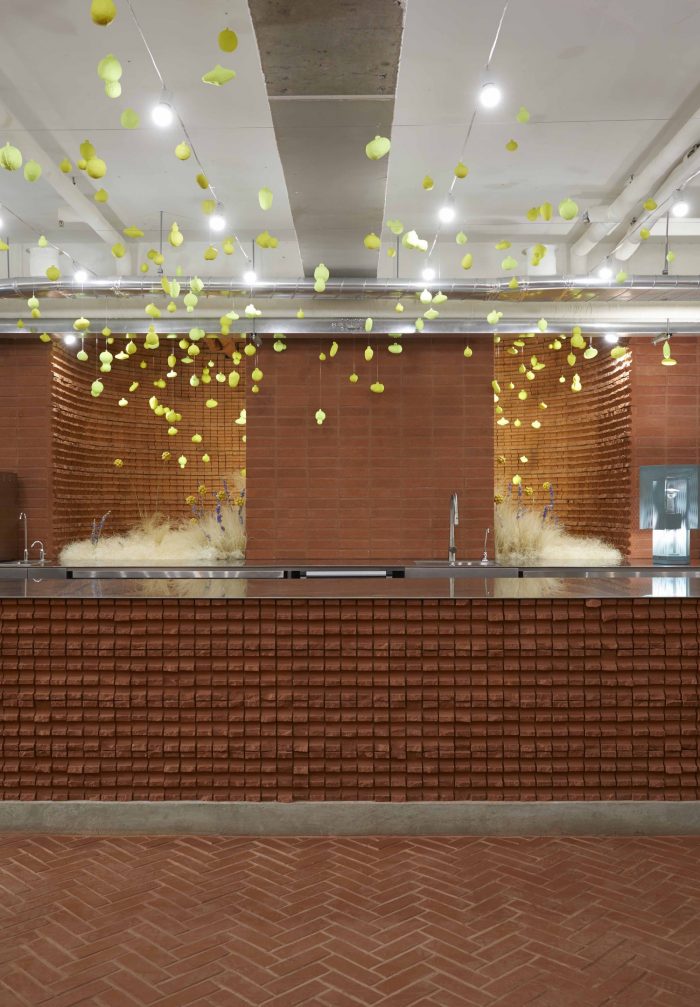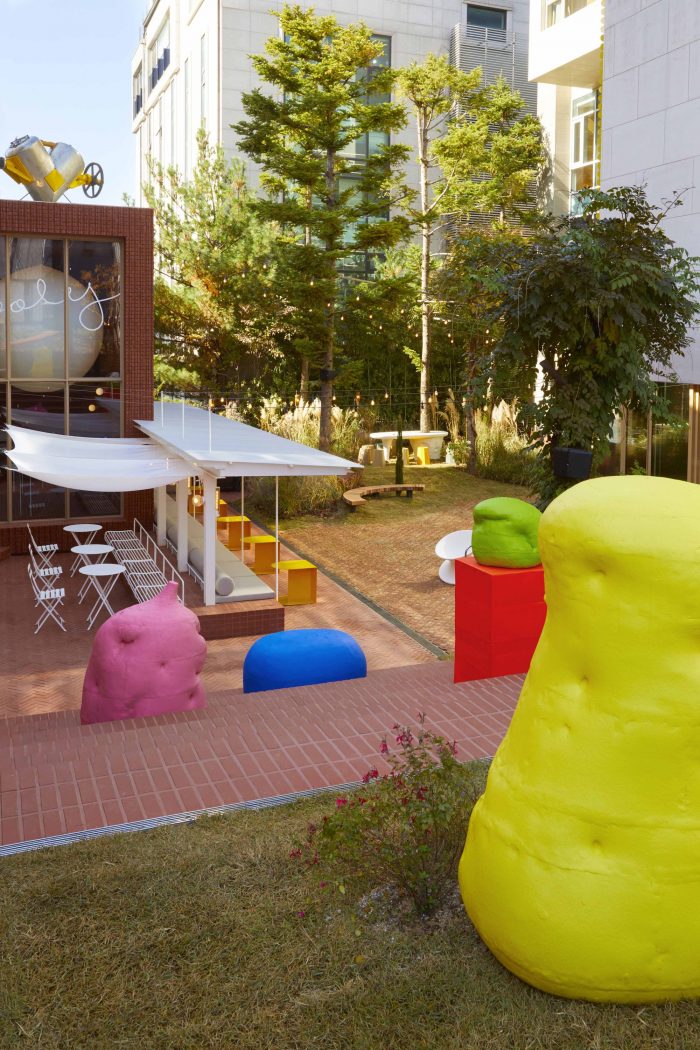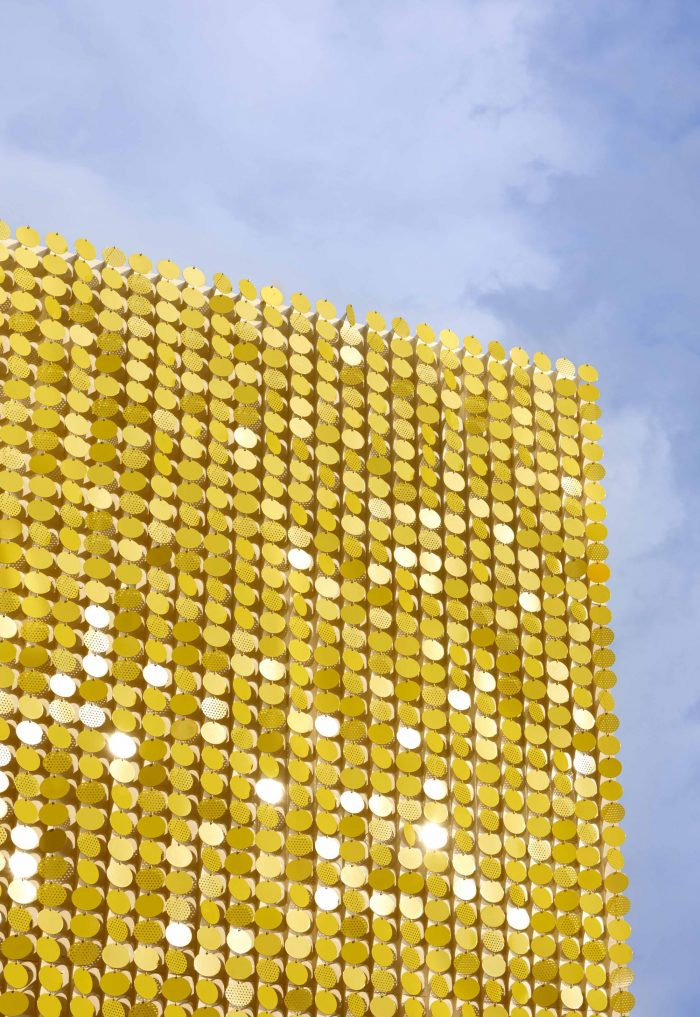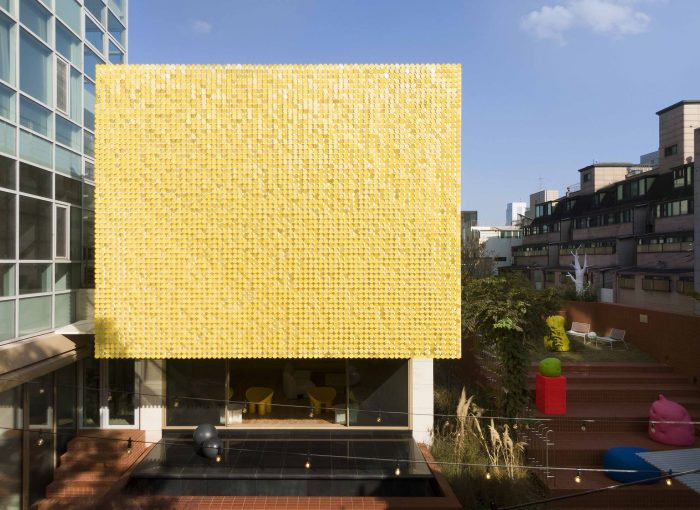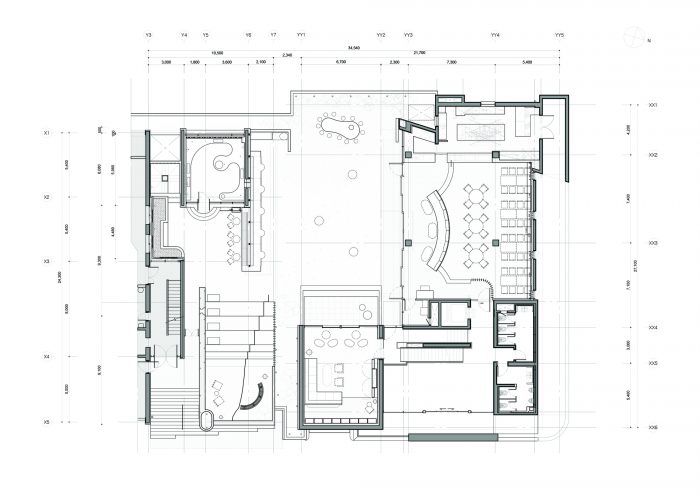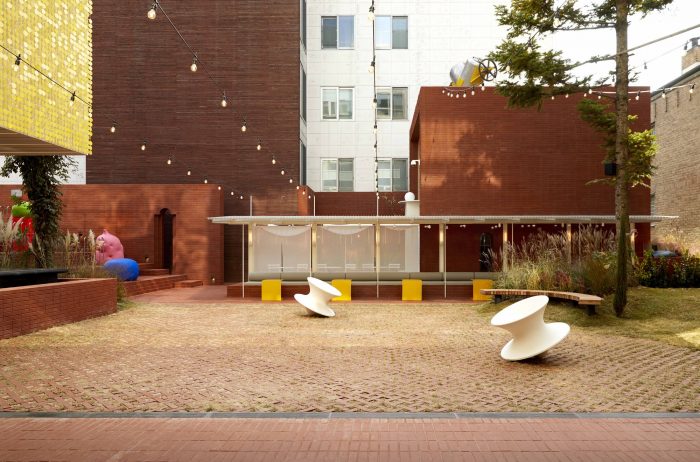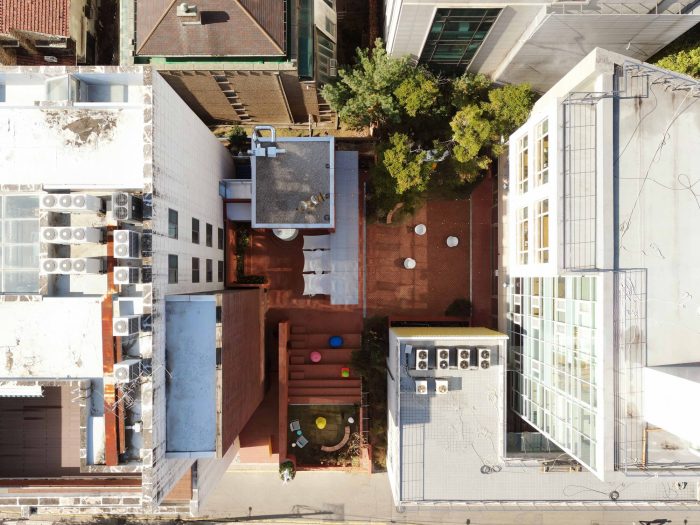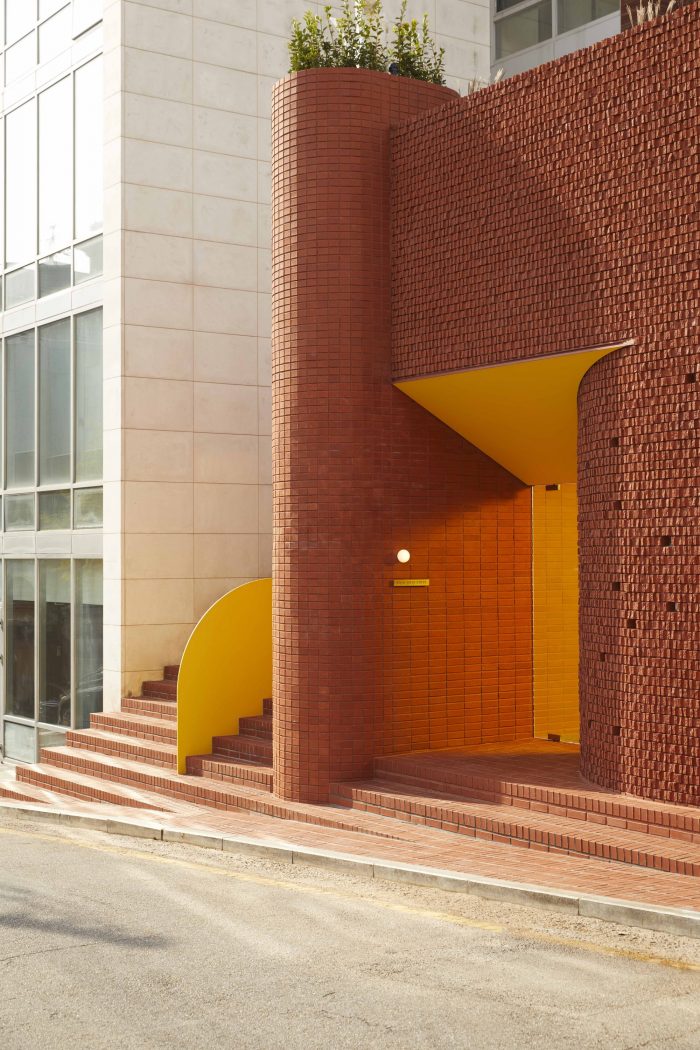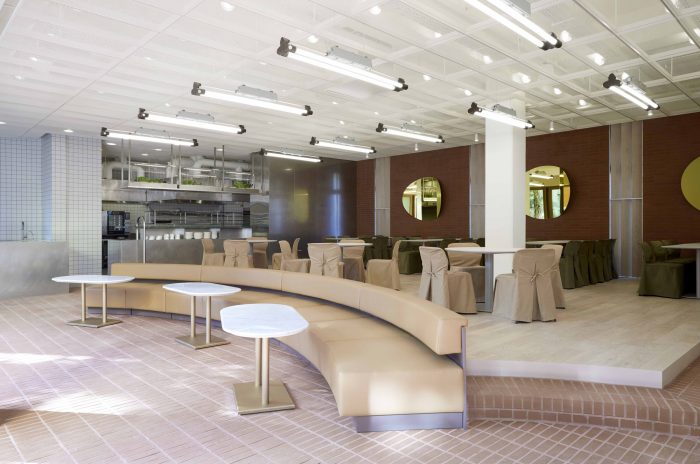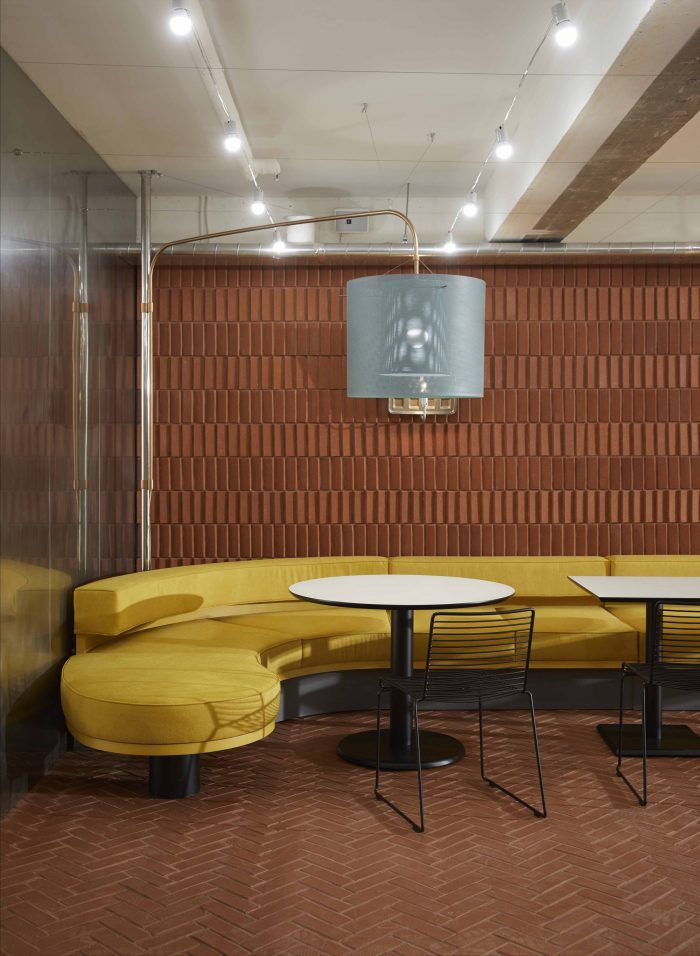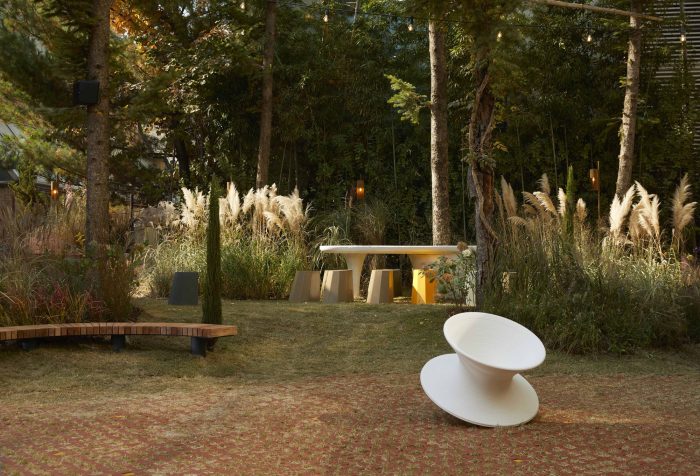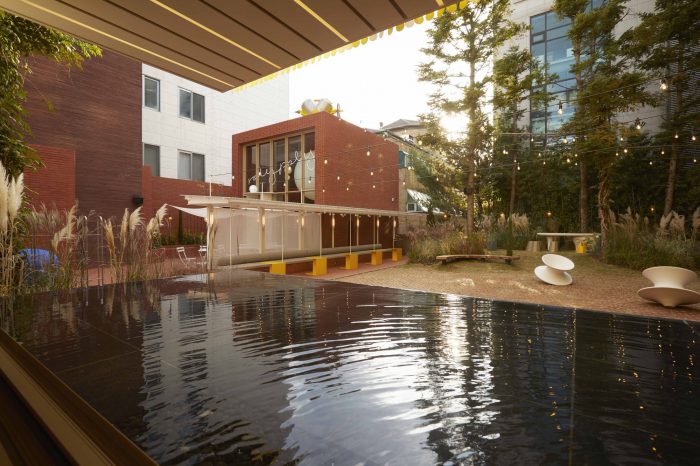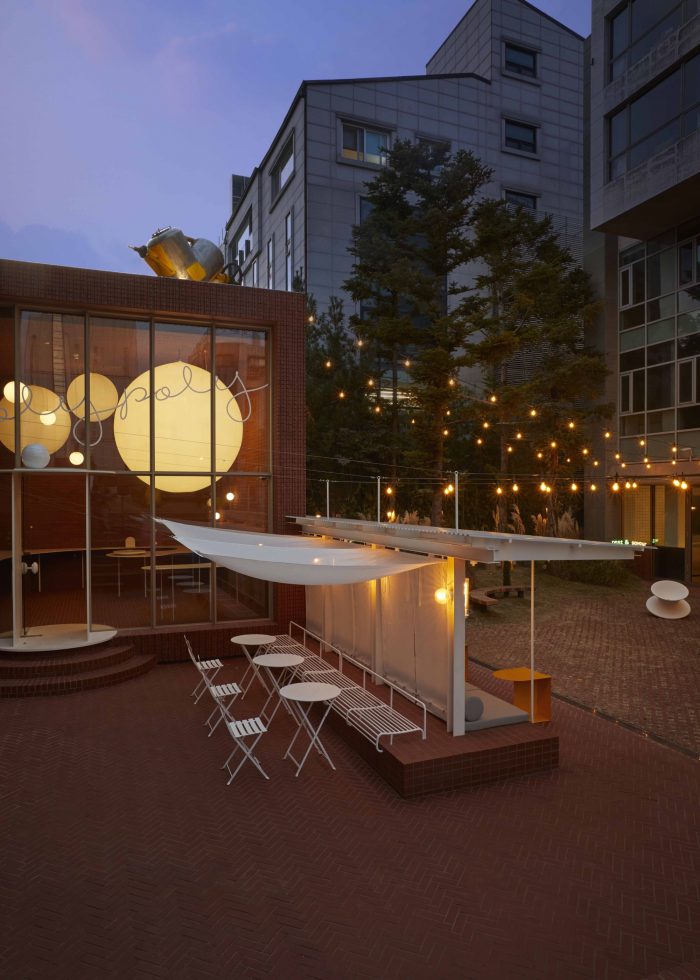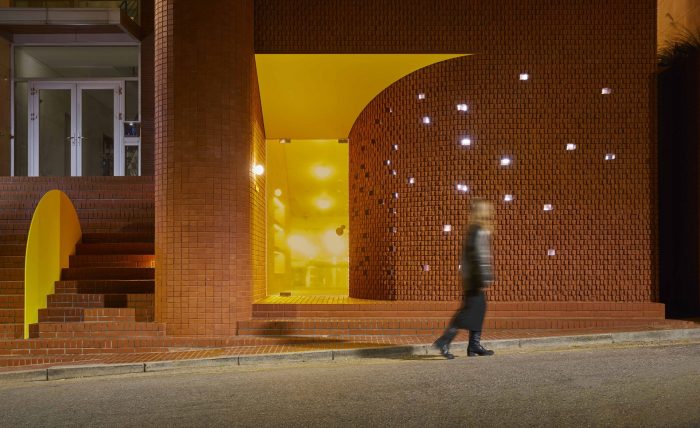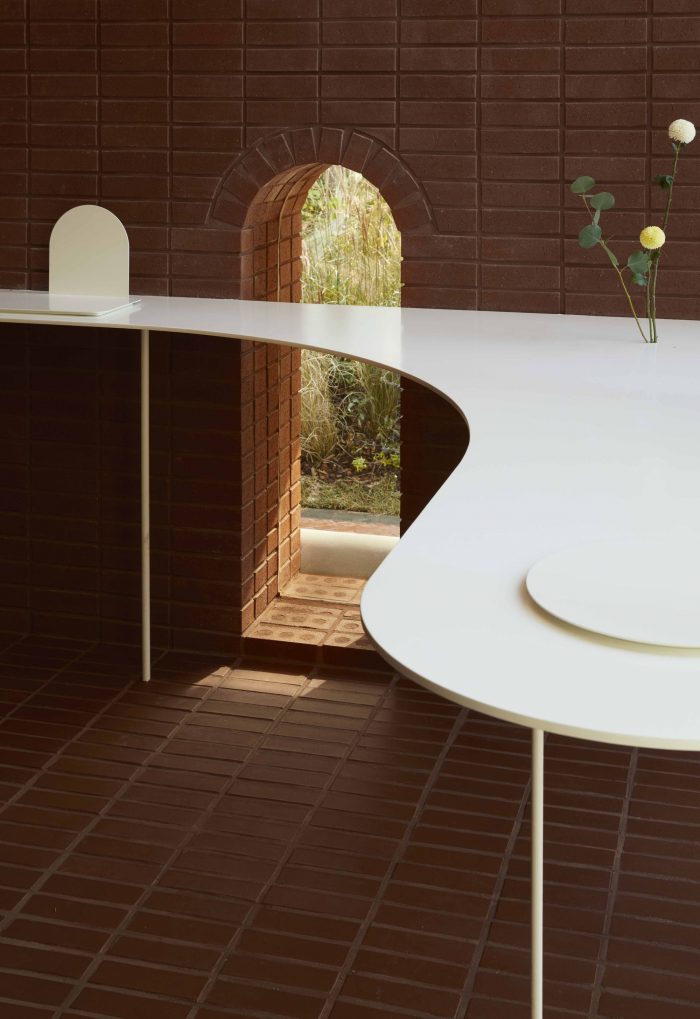空间所包含的故事,可以比喻为身体和心灵的关系。无论空间的视觉完整度有多高,如果故事简单或贫乏,或者与某件事情雷同,用户很容易感到无聊和空虚。即使海庄国的巷子里所有的餐厅都是变相的原创,但最后只排在一栋房子里的景象,让其余的餐厅都成了次品。真祖的故事产生情感,治愈各种解读。空间的主体有可能,只有有了故事的灵魂,才能让它完整。
The story contained in the space can be compared to the relationship between the body and the mind. No matter how high the visual completeness of the space is, if the story is simple or poor, or if it is similar to something, the user easily feels boredom and emptiness. Even though all the restaurants in the alley of Haejang-guk are disguised as original, the scenery in which they line up only in one house in the end makes the rest of them a sub-class. The story of the real ancestor produces emotions and heals various interpretations. The body of space has the possibility that it can be made complete only with the soul of the story.
很多品牌都有自己的故事。故事以形象的形式传达给公众,成为正反两方面混合的符号。也有一些形象是缺失的,想要填补的。奥特佳虽然有健康、善良的良好形象,但也有保守、俗气的形象。因此,先进或精致的形象相对缺乏。奥托吉的新形象克服了这一困境,将由二三十岁的年轻人来展示和体验,是作为企业未来的必然之举。我们的提案得到了积极的接受,并迅速推进。
Many brands have their own stories. The story is communicated to the public as an image and becomes a symbol of a mixture of positive and negative. There are also images that are missing and want to fill. Although Ottogi has a good image of being healthy and kind, it also has an image of being conservative and tacky. Therefore, progressive or sophisticated images are relatively lacking. Ottogi’s new image overcoming this dilemma will be shown and experienced by the 20s and 30s is a natural thing for the future as a company. Our proposal was positively accepted and pushed forward quickly.
这是一个从Roly-Poly cotto命名到空间规划和空间设计、造型设计和产品设计、平面设计等各个环节都有涉及和介入的项目。最初,所要求的空间被规划为销售大东家销售的咖喱和拉面的餐饮空间,面积约265m2,80坪,但通过提出利用闲置空间扩大的可能性,扩大到约500坪。原本期望以销售拉面和咖喱的简单构成,作为一个象征性的空间,在扩大的空间上赋予复杂的功能,让2030的消费者感受到品牌的新形象。然而,需要一种隐喻性的解释,既能吸引年轻一代,又能避免品牌的显性表达。
It is a project that involved and intervened in all parts from Roly-Poly cotto naming to space planning and space design, styling and product design and graphic design. Initially, the requested space was planned as a food and beverage space selling curry and ramen sold by Ottogi on an area of about 265m2 and 80 pyeong, but it was expanded to about 500 pyeong by proposing the possibility of expansion through the use of idle spaces. The simple composition of selling ramen and curry was expected to serve as a symbolic space that gave complex functions on the expanded space and made 2030 consumers feel a new image of the brand. However, a metaphorical interpretation was needed that could appeal to the younger generation while avoiding the brand’s explicit expression.
在重现象轻现实的Simulacre时代,奥特佳对于年轻一代的形象可能会停滞不前。在规划中,我们期待它作为一个空间,能够克服这种困境,展现企业的未来。通过各方面的分析,找出积极的形象、消极的形象、缺乏的形象,确立了克服这些形象的理念。即使是无厘头,也是恒久而创新,优秀而强大,友好而煽情的形象。为此,我以为,作为一个非临时性的、可持续发展的空间,用复杂而非简单、感性而非刺激、模拟而非数字的方式进行设计是一种解决方案。因此,随着时间的流逝和空间的成熟,我希望空间的语言能在缓慢的呼吸中传递给使用者。
In the era of Simulacre, which prioritizes phenomena over reality, Ottogi may have a stagnant image for the younger generation. It was planned with anticipation of its role as a space that could overcome this dilemma and show the future of the company. Through analysis from various aspects, positive images, negative images, and images that are lacking were identified and a concept to overcome them was established. Even if it’s nonsense, it’s constant but innovative, good but strong, friendly but sensational image. To that end, I thought that design in a complex rather than simple, emotional rather than stimulating, analog way rather than digital would be a solution as a non-temporary and sustainable space. Therefore, as time passed and the space became ripe, I hoped that the language of the space would be transmitted to the user in a slow breath.
空间的构成–可以说,设计的核心是将隐藏在现有两栋建筑中的花园合二为一,以保证整个空间中最大的面积,并赋予其中介作用。六个分散的空间通过这个花园形成关系,发挥各自的功能。洞、立方体、坡(山)、荫、园、厅(宴会厅)、榭(起居室)这七个空间分开的顺序,各有不同的作用和高度,并提供不同的序列。
Composition of space – It can be said that the core of the design is to combine the gardens hidden in the two existing buildings into one to secure the largest area in the entire space and to give it an intermediary role. The six scattered spaces form a relationship through this garden and perform their respective functions. The order of cave , cube, slope (hill), shade, garden, hall (banquet hall), sala (living room) The seven spaces separated by each have different roles and heights and provide various sequences.
空间的主要材料是红砖。红砖具有普遍性和持久性,是一种由小单元聚集而成的坚固材料。约10万块砖,符合砖块多年来不易改变的保守性和稳步发展的企业精神。砖的各种构造方法和图案是克服材料保守性的表现。另外,黄色是奥托吉的象征色。由于黄色根据颜色、明度、使用部位的不同,给人的感觉完全不同,所以我们决定不拘泥于品牌的象征色,致力于传达色彩的形象。内部使用的材料搭配了与主材砖相匹配的木材、布艺、陶瓷。但为了物理性能的节奏感,采用了不锈钢,但为了给人一种时间感,采用了人工研磨的方式。
The main material of the space is red brick. Red brick has universality and persistence, and is a material that is solidly constructed by gathering small cells. About 100,000 bricks are in line with the conservative nature of bricks that do not change easily over the years and the corporate spirit that has steadily developed. The various construction methods and patterns of bricks are performances that overcome the conservatism of materials. Also, yellow is the symbolic color of Ottogi. Since yellow gives a completely different feeling depending on the color, brightness, and area of use, we decided to devote ourselves to conveying the image of color without insisting on the symbolic color of the brand. The materials used inside were matched with wood, fabric, and ceramic that match the main material brick. However, stainless steel was used for the rhythmic feeling of the physical properties, but it was manually ground to give a sense of time.
面朝马路的山洞是一个没有窗户的地下空间,售卖食品和饮料。天花板上悬挂的400多个荧光色物体暗示和引导着花园的景观。空间内部用各种图案的砖块修饰,8米长的吧台和展台沙发成为狭长空间的轴线。离开洞口,通过狭长的垂直楼梯上到地面,会遇到立方体和斜坡对峙的情况。立方体的立方体是一个销售为本项目开发的商品的空间。立方体内部的正面墙面,四面都用砖头装饰,通过砖头上的细小缝隙接受光线。在内部,一个大型的弧形金属架子仿佛漂浮在空中。天花板上挂着一个内嵌照明的大气球,这样从外面就可以很容易地认出它。砖块堆砌的楼梯形斜坡被设计成可以活动的座位,顶部的小草坪空间提供了观赏整个花园的机会。在楼梯上,艺术家李香贞创作的各种荧光色的陶瓷物品被安排在楼梯上,成为使用者玩耍的材料。
The cave facing the road is a subterranean space without windows and sells food and drinks. More than 400 fluorescent colored objects hanging from the ceiling suggest and guide the landscape of the garden. The interior of the space is finished in various patterns of bricks, and the 8-meter bar and booth sofas become the axis of the narrow and long space. When you leave the cave and go up to the ground through a narrow vertical staircase, you will encounter cubes and slopes facing each other. The cube of the cube is a space that sells goods developed for this project. The front wall inside the cube, which is finished with bricks on all sides, receives light through the thin gaps in the brick. Inside, a large, curved metal shelf floats as if floating. A large balloon with embedded lighting was hung on the ceiling so that it could be easily recognized from the outside. The brick-stacked stair-shaped slope is designed to allow active seating, and a small lawn space at the top provides an opportunity to view the entire garden. On the stairs, various fluorescent colored ceramic objects by artist Lee Heon-jeong are arranged to become a material for users to play.
附着在立方体上的阴凉处,用冲压的金属屋顶材料完成,既能透射阳光,又能缓解硬质立方体的质感。遮阳板的长形在平面上将花园一分为二,但在视线的高度,却形成了一层空间,增加了深度。屋顶下安装了约40个陶瓷材质的景观,即使有小风,也能唤醒整个花园的声音感。
The shade attached to the cube is finished with a punched metal roofing material that transmits sunlight and relieves the texture of the hard cube. The long shape of the shade divides the garden in half on the plane, but at the height of the line of sight, it creates a layer of space to add depth. About 40 landscapes made of ceramics are installed under the roof, awakening the sense of sound throughout the garden even with a small wind.
花园成为整个空间的核心,地面上所有的空间都以它为目标。花园的花开花落与实心砖手术刀不同,并随季节变化而变化。花园由多种开花植物组成,在规划上与现有的几棵杉树达到和谐。对风有敏感反应的超级花卉,回应了砖的坚固性,让整个花园有了平衡感。在花园的尽头,利用现有的水平面形成了一个小山丘,与对面的Sala沟通。
The garden becomes the core of the whole space, and all the spaces on the ground aim for it. Gardens bloom and fall differently from a solid brick scalpel and respond to the season. The garden, which is composed of a variety of flowering plants, was planned to achieve harmony with several existing fir trees. Superflowers that react sensitively to the wind respond to the sturdiness of bricks and give a sense of balance to the entire garden. At the end of the garden, a small hill is formed using the existing level to communicate with Sala located on the opposite side.
在山顶上,李香亭的陶瓷桌与杉树相结合,形成了花园的另一个空间。大厅计划在未来向顾客开放,但目前是用于企业活动或品鉴会。可容纳50余人的大厅,采用开放式的形式,实现了多用途的使用。天花板上安装了金属网板,以防止照明、冷暖设备和音响设备的暴露。大厅前部安装的大型推拉门可打开约6米,起到大厅与花园的统一作用。最后一个空间,Sala,是一个不对外开放的空间。但是,Sala的前面是暴露在花园中的。在广场前,4800块黄色亮片随着风和光的反应,在花园中挥舞、飞舞。
On the hilltop, the ceramic table of Lee Heon-jeong is combined with fir trees to create another space in the garden. The hall is planned to be opened to customers in the future, but is currently being used for corporate events or tastings. The hall, which can accommodate more than 50 people, has an open form for multipurpose use. A metal mesh panel was installed on the ceiling to prevent exposure of lighting, heating and cooling equipment, and sound equipment. The large sliding door installed in the front of the hall opens about 6 meters and serves to unite the hall and the garden. The last space, Sala, is a space that is not open to outsiders. However, the front of Sala is exposed in the garden. In front of the square, 4800 yellow sequins react to the wind and light, wave and flutter in the garden.
Sala的内部设计让人感觉温馨舒适,就像家里的客厅。我试图用黄色来赋予色彩的深度,黄色是公司的象征,但用各种材料的修饰材料来表达。空间里有像宝箱一样的家具。当你打开厚重的家具门时,里面摆放着享受音乐、咖啡、红酒等的工具和小物品,给用户带来惊喜。沙拉的整个窗户也是敞开的,通过水空间可以看到整个花园。
The interior of Sala is designed to feel cozy and comfortable, like a living room at home. I tried to give depth of color by using yellow, which is the symbol of the company, but expressing it with finishing materials of various materials. There are furniture like treasure chests in the space. When you open the door of heavy furniture, tools and small items to enjoy music, coffee, wine, etc. are set inside to surprise users. The whole window of Sala is also open and you can see the whole garden through the water space.
建筑师: studioVASE
面积: 1015 m²
年份:2020年
照片: Park woo-jin
建筑师:全文珍
设计团队:Studiovase
构造:Studiovase
城市:龙山区
国家:韩国Architects: studioVASE
Area: 1015 m²
Year: 2020
Photographs: Park woo-jin
Architect In Charge:Jeon Bumjin
Design Team:Studiovase
Construction:Studiovase
City:Yongsan-gu
Country:South Korea



